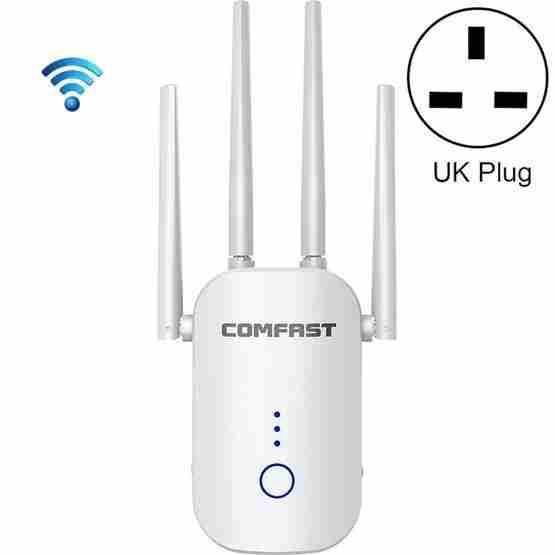

So, all the devices using the same channel as your access point will be using the same bandwidth. I don’t want to bore you with the technical stuff, so the thing that you should know is that RF channels are a shared medium. The impact of this interference can cause anything between lower data speeds to a complete signal loss depending on the nature and severity of interference. Also, the fact that 2.4 GHz channel is not only used by WiFi networks but also other types of networks such as Bluetooth, security camera, and even microwave, the 2.4 GHz band is already too crowded and has only a limited bandwidth to offer.ĭue to the above two reasons, the 2.4 GHz band suffers a lot of interference. Since the 2.4 GHz band has 13 channels which are only 5 MHz apart, there is significant overlap and interference between the channels. As a rule of thumb, the 802.11 RF modulation techniques require about 20 MHz in channel width to operate. The main reason 2.4 GHz network is slower is because of two main reasons channels and bandwidth.

People who don’t know about the network transfer protocols might assume that the speed on 5 GHz network will be faster as it has a higher frequency, however, that cannot be farther from the truth. That said, in general using the 5 GHz network will yield a faster network speed, however, not for the reasons you might think. Depending on the circumstances, sometimes using the 2.4 GHz network will be beneficial for you and vice versa. 5 GHz vs 2.4 GHz Networkīoth the 5 GHz network and the 2.4 GHz network come with their own pros and cons. Now let’s see if and why 5 GHz network is better than the 2.4 GHz network.Ĭourtesy:VeEX Inc. Channels are very important as at any given time, your device can only use one channel, but more on that later. The 5 GHz band is further divided into 24 different channels each being 20 MHz wide. For your device to be able to receive these signals, it should be certified by the WLAN 802.11 a/n/ac standard. As it is apparent from the above section, the 5 GHz WiFi network uses radio waves between the frequency of 5.180 GHz and 5.825 GHz. Now that you have a little background knowledge of the origins of WiFi, you are ready to understand the 5 GHz WiFi network. The 802.11 b/g/n devices can receive signals that are transmitted using the 2.4 GHz band while the 802.11 a/n/ac uses 5 GHz band. That said these letters do suggest as to which frequency band your device can operate in. The 802.11 was the first standard that was followed by the 802.11a which was followed by the 802.11b, and so on. Don’t get confused by the letters as they only signify the next standard in WLAN technology. That’s why, when you see the WLAN certification on your device, it reads 802.11 followed by any or all of the following letters a/b/g/n/ac. When the first WiFi bands were made available for public use, an organization called IEEE (The Institute of Electrical and Electronics Engineers) set up a new committee called the “IEEE 802” which released a set of standards called the “802.11” for implementing wireless local area network (WLAN) computer communication in the 2.4 and 5 GHz frequency bands.

While radio waves cover a big frequency range (~3 KHz to 300 GHz), the main frequency range used for commercial WiFi purposes are the 2.4 GHz (2.4 to 2.5 GHz) band and 5 GHz (5.180 GHz to 5.825 GHz) band. Just like mobile networks, WiFi networks use radio waves to transfer data across the network. Before we get to understand the 5 GHz network, first, we have to understand how WiFi works.


 0 kommentar(er)
0 kommentar(er)
